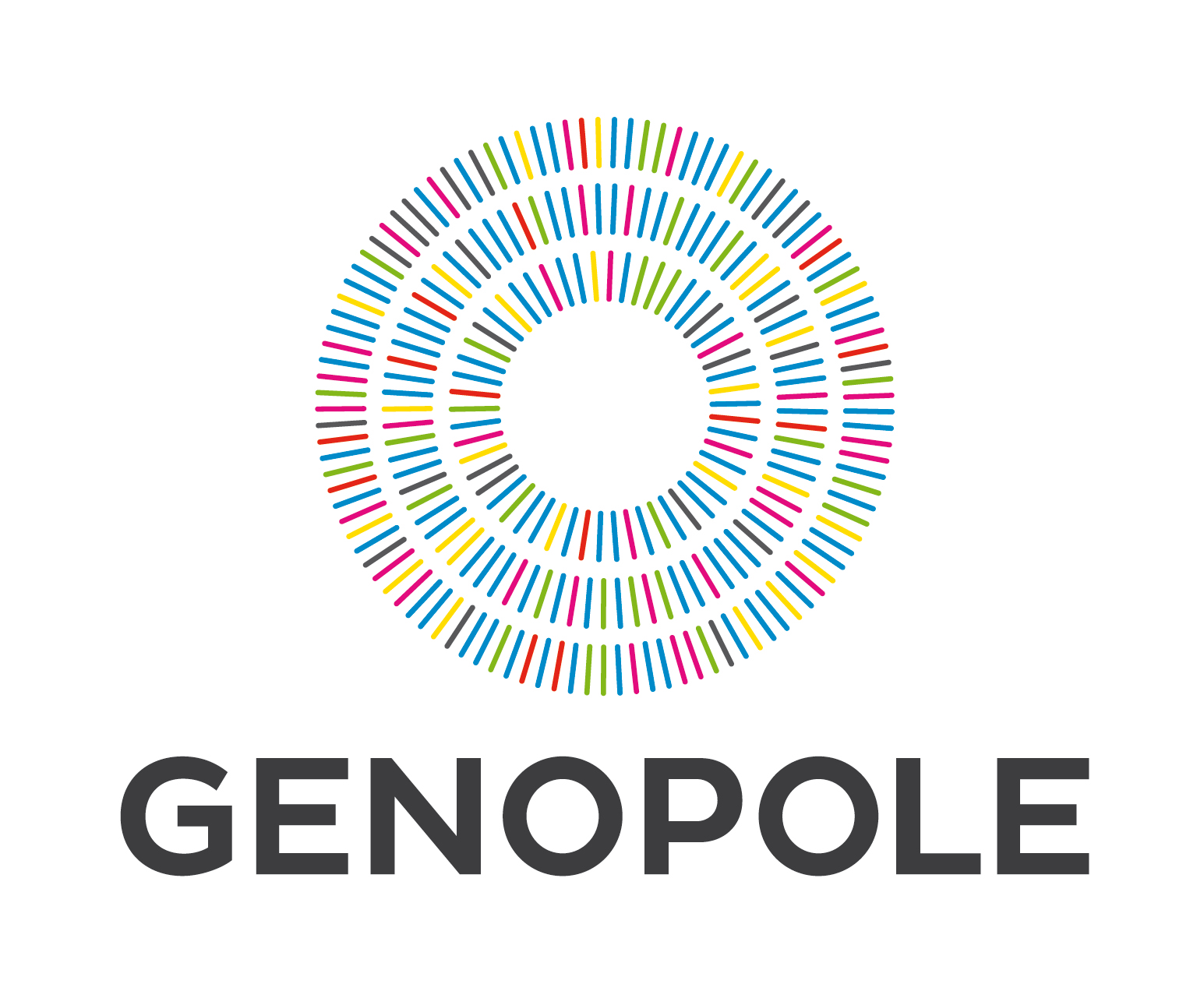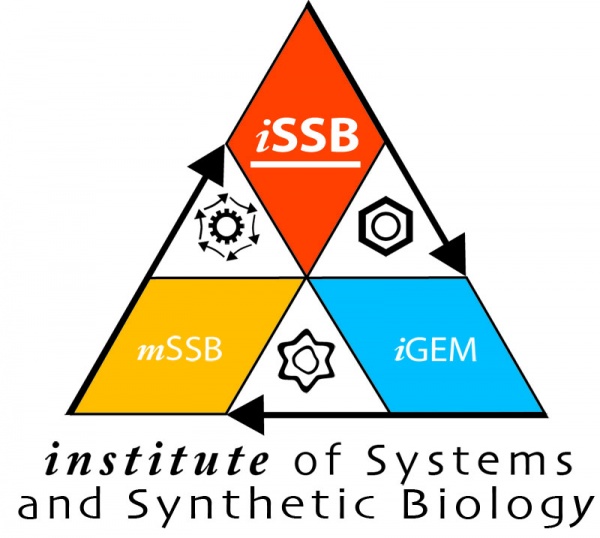Team:Evry/Project diseases
From 2013.igem.org
| Line 37: | Line 37: | ||
<h3>Treatment</h3> | <h3>Treatment</h3> | ||
| - | + | <div class="captionedPicture" style="width:30%;float:left;"> | |
| - | <div class="captionedPicture" style="width:30%;float: | + | |
<img alt="Thalassemia picture" src="https://static.igem.org/mediawiki/2013/3/35/Phlebotomy.jpg" class="Picture"/> | <img alt="Thalassemia picture" src="https://static.igem.org/mediawiki/2013/3/35/Phlebotomy.jpg" class="Picture"/> | ||
<div class="caption"> | <div class="caption"> | ||
Revision as of 17:19, 4 October 2013
Related diseases
Hemochromatosis
Overview

Hemochromatosis is an autosomal recessive disorder responsible for an abnormal iron overload in blood. As a consequence, the organism starts to stock the iron in many tissues and organs like the heart, the liver and the pancreas. This accumulation of iron leads to cellular damage as well as chronic insufficiencies. Hemochromatosis affects 2 200 000 persons in Europe and 2 000 000 in the US.
Pathophysiology & Genetics
There are different types of hemochromatosis but the most common is the type I which represents 95% of the cases. This type of hemochromatosis is due to homozygous mutations in the High Fe Gene (HFE) like the C282Y or the H63D mutations.
HFE gene normally encodes a protein which interacts and forms a complex with other proteins on cells surface in order to sense the iron concentration in the organism. In doing so, the HFE protein then activates the production of a molecule called hepcidin when needed. The hepcidin, which is a key iron regulatory hormone, inhibits the dietary iron assimilation occuring in the duodenum by inducing the degradation of the iron exporter - the ferroportin. In the end, the interaction between the HFE protein and hepcidin allows a tight regulation of the iron homeostasis by the organism.
In case of type I hemochromatosis, the HFE protein is altered and cannot upregulate the hepcidin. As a consequence, the body keeps absorbing massive amount of iron. Indeed, a patient suffering from hemochromatosis assimilates everyday four times more iron than normal : 5-8 mg instead of the usual 1-2 mg.
Consequences
As explained, iron gradually accumulates in the organism of patients with hemochromatosis, unoticed, until clinical signs like chronic fatigue and joint pain appear around 35-40 years old. Because of this type of early symptomps, hemochromatosis is often misdiagnosed but if left untreated, it can causes many life-threatening conditions like heart failure, diabetes or liver cancer.
Treatment

Nowadays, the only way to treat hemochromatosis is by therapeutic blood removal, also known as phlebotomy. Up to 500 mL of blood can be removed and a person with severe iron overload may have to give blood eight times a month. Although effective, this treatment is invasive and has major impacts on a patient’s life. Indeed, some people hardly tolerate it and suffer from it as it causes huge fatigues. What is more, regular phlebotomies are time consuming and complicated professional and private life of patients.
That is why we wanted to create our Iron Coli as it will allow patients to live a more regular life style, significantly decreasing the frequency of blood removal needed. Our project represents an innovative and life-changing alternative treatment for person with hemochromatosis.
Thalassemia
Overview
Thalassemias are inherited autosomal recessive disorders frequently encountered around the mediterranean sea. They are due to mutations in genes coding hemoglobin monomers causing malformations and destruction of red blood cells, which lead to mild or severe anemia. People with thalassemia also suffers from an iron overload that is ironically caused by the treatments used to cure anemia. It has been estimated that 100 000 children per year in the world are diagnosed with a severe form of thalassemia.
Pathophysiology & Genetics

Thalassemia affects the hemoglobin, an iron rich protein found in red blood cells, which transports the oxygen through the entire body. Its role is therefore crucial.
Hemoglobin is normally composed of four protein chains - two alpha and two beta globins - which are respectively coded by four and two genes. Thalassemia trait occurs when at least one of those genes are mutated and depending on which chain/globin is altered, we distinguish two main types of thalassemia named alpha and beta thalassemias. Severity of the disorder is actually determined by the number of mutated genes.
In all the cases, thalassemia is characterized by an unbalanced production of the alpha and beta globins which leads to a very low number of hemoglobin formed. Furthermore, accumulation in red blood cells of the chains that are in higher copy, results in an abnormal and excessive destruction of the red blood cells causing anemia.
Consequences
Symptoms of thalassemia include bone deformities, fatigue as well as growth failure. Thalassemia can also give rise to many other complications because of the lack of effective red cells in the oxygen transport mechanism. Indeed, it results in a fake signal of low iron centration in blood, thus inducing an iron over absorption from the duodenum in a similar way of hemochromatosis. Heart and liver diseases due to iron overload remain the major cause of death in people suffering from thalassemia disorder.
Treatment
Nowadays, several remedies exist to cure thalassemia. For severe cases, a bone marrow transplant is possible. Otherwise, treatments often involves blood transfusions in order to restore a sufficient level of healthy red blood cells with normal hemoglobin. Depending on the severity of thalassemia, blood transfusions may last 10 - 12 hours with a frequency of 2 to 4 times a week! Even though effective, this treatment has the major inconvenience of being so much time consuming and expensive.
What is more, the regularity of blood transfusion leads to a massive increase of the amount of iron in blood, which adds to the already existing iron overload caused by the disease itself. Therefore, patients have to follow a supplementary iron chelation therapy based on iron chelator like the Deferasirox. Again, this therapy involves major side effects (headache, vomiting, diarrhea, fatigue etc…) but they are sadly necessary as phlebotomy is prohibited because people suffering from thalassaemia are anemic !
Finally, treating thalassemia remains nowadays very complicated and hard on patients’ lifes. That is why our Iron Coli represents a huge hope for patients with thalassemia as it would replace current chemical iron chelators, making their treatments much more bearable.
 "
"













